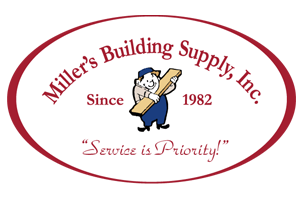
6 Practical Tips To Improve Your Project Estimation Process
One of the most critical parts of any construction project is estimating the cost. Having as accurate of a budget as possible will help your project stay on track and help prevent hiccups since you’ll have a detailed report of what you need to buy.
Here are five practical tips to improve your project estimation process.
CREATE TEMPLATES FOR COMMON ESTIMATIONS
When it comes to estimating costs, you don’t want to feel like you’re starting from scratch on every project. Building out a template can help speed up the process and improve your accuracy. Keep a folder of the completed templates for all construction projects you’ve worked on so you can use them as a reference point.
USE EXCEL FOR ESTIMATIONS
When you create a template using software like Excel, you’ll be able to use formulas to quickly add up columns of numbers. Once you have an organized folder of past projects, it’ll be simple to grab your past estimations. Once you learn how to efficiently use Excel or your software of choice, making calculations for estimates will save you a lot of time.
REVIEW PAST ESTIMATIONS
To make each project more efficient and each budget more accurate, regularly review your past project estimations and compare them to your final costs to determine how close or far off they were, then use that data to inform your next estimation. Keep a file for notes of what you notice, like if there are parts of projects you tend to underestimate.
LOOK AT PRICING TRENDS
While it can be useful to look at past projects to begin your estimation, it’s also important to keep up with pricing trends over time. Being able to identify any patterns of cost fluctuations of building materials and supplies can help you save money and plan ahead.
BREAK DOWN EVERY PART OF THE JOB
When you work on a project estimation, you have to think of what an entire construction project entails from start to finish. Breaking down every part of the job is the only way to really get a full estimate of project costs. You’ll need to know what building materials, tools, and supplies will be needed throughout the entire duration of the project.
CONDUCT A SITE VISIT
As you work to determine the cost of a project, conduct a site visit to find out if there are any abnormalities that could increase costs, such as poor drainage or not having easy access to utilities. Being able to visualize the project and see where the work will be happening can help you foresee what unexpected costs might come up.
Once your estimation is done and you’re ready to get the supplies and tools you need, head to Miller’s Building Supply at 1819 East Monroe St. in Goshen, or browse through what we carry online.

